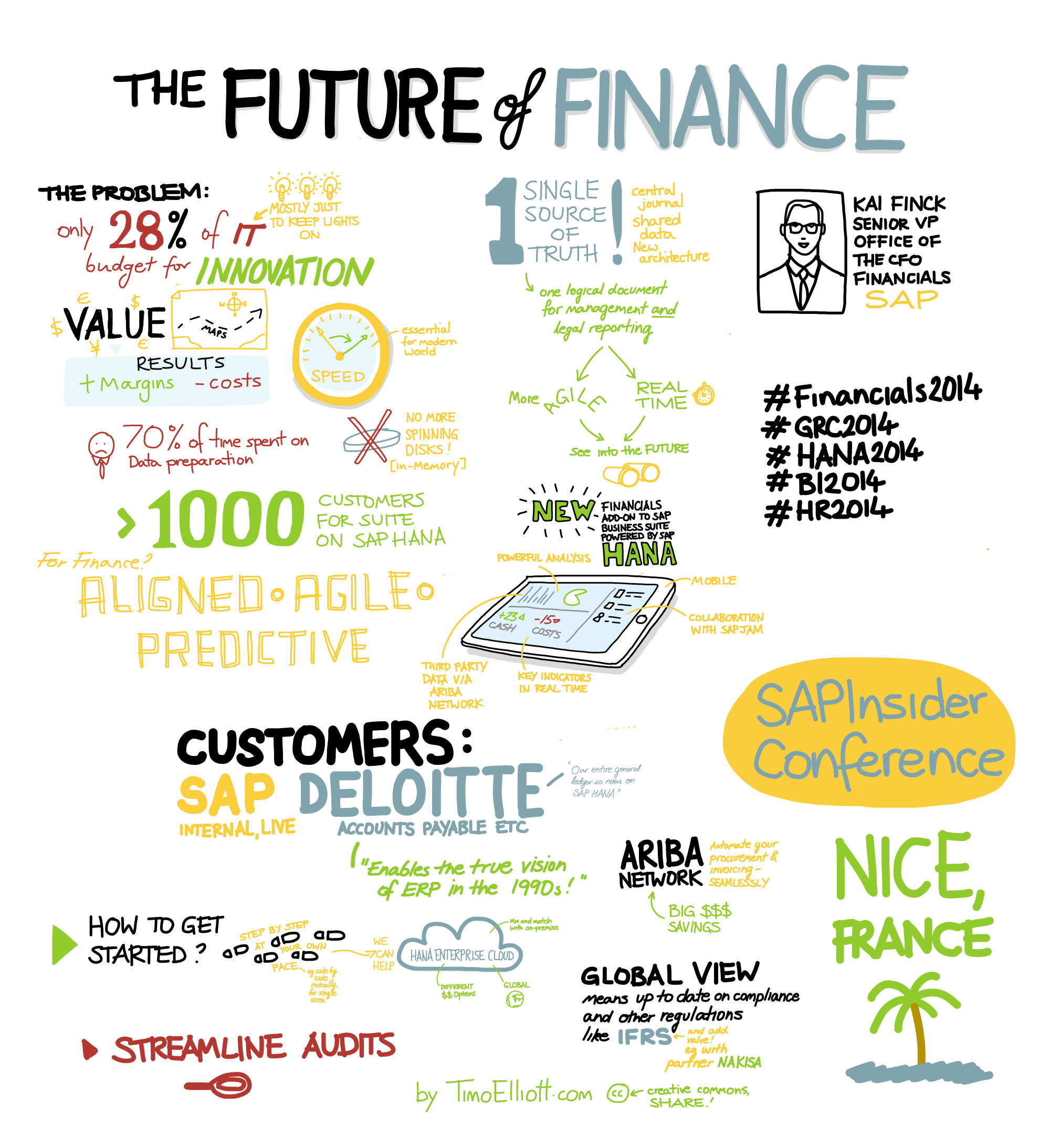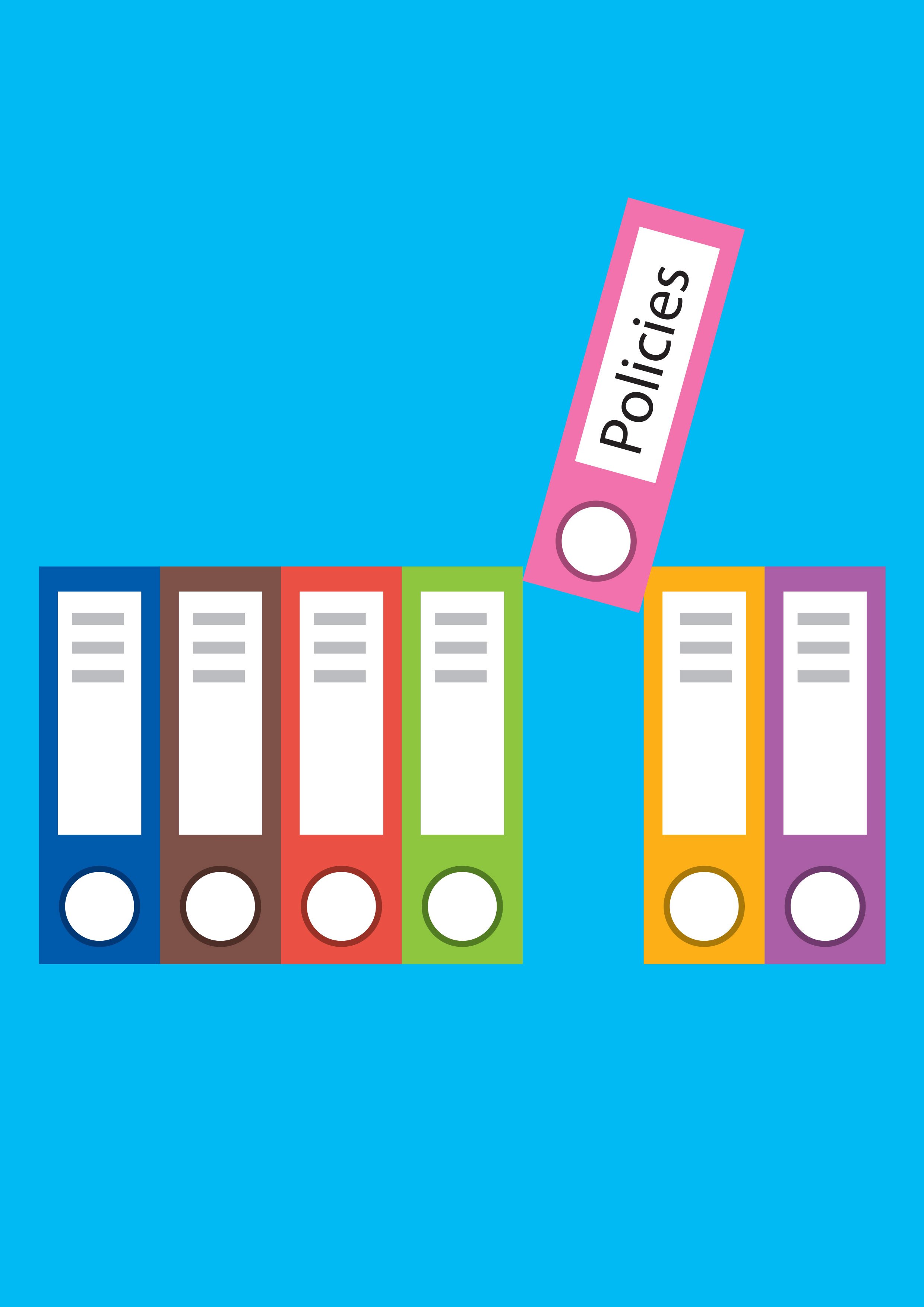The subtle tremor in the left eyelid, a micro-expression Alex P. had logged countless times in his mental Rolodex of human tells, was undeniable. He’d just hit backspace for the seventh time on his laptop, trying to wrestle a recalcitrant password into submission, a small, private battle that sharpened his senses to the equally subtle, yet profound, struggles playing out across the conference table. The man speaking, a self-assured consultant, droned on about projected growth, entirely oblivious to the barely perceptible tightening of jaws and the almost imperceptible withdrawal among his audience.
Success Rate
Success Rate
This was the core frustration of Idea 17, the invisible barrier: the pervasive human tendency to mask genuine discomfort with polite nods and non-committal murmurs. We curate our public personas, meticulously editing out dissent, convinced that harmonious interaction demands silence. But what happens when that silence builds into a wall, not of peace, but of festering resentment and unresolved issues? What happens when you’re presented with a decision, a path forward, and your entire being screams “no,” but your voice offers only a soft, agreeable “perhaps”? The true cost isn’t just a lost opportunity; it’s the erosion of trust, the slow poisoning of relationships, and the deep, personal dissatisfaction of living a muted truth. Alex often mused that if we could somehow visually render these unspoken misgivings, the average meeting room would resemble a battlefield, not a collaborative space. It’s a






/woman-s-face-peeking-out-of-a-pile-of-money-71418271-5b392e96c9e77c00374f1e6e.jpg)








